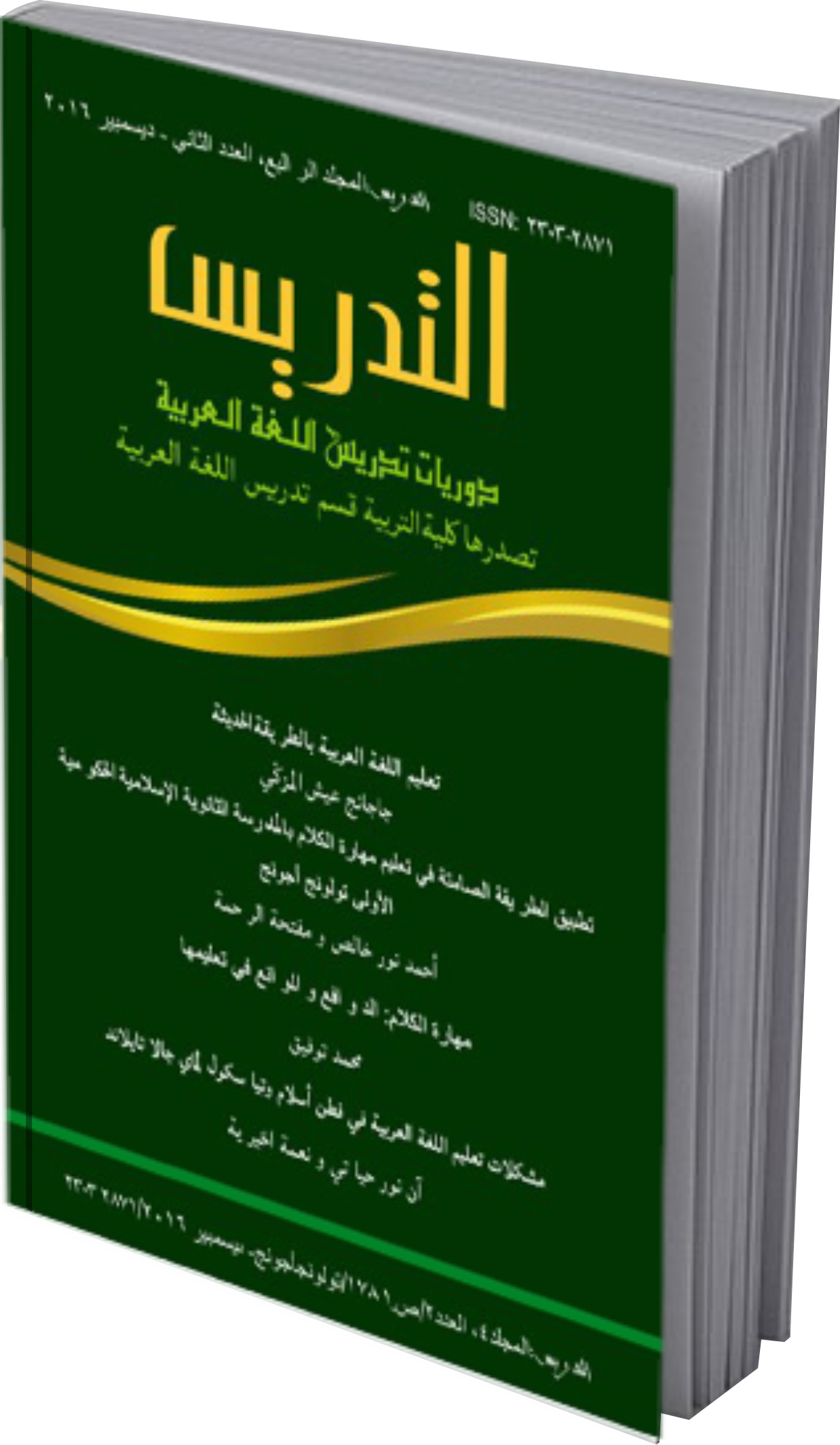Abstract
One of the government policies in breaking the chain of spread of Covid 19 is the work from home (WFH) agenda, which in the world of education is realized through the application of online learning at all levels of education. At Tulungagung Islamic University, online learning in all study programs including the Arabic Language and Literature study program is carried out through an e-learning application managed by the Information rechnology center and database (TIPD) University. The Arabic Language and Literature Study Program it self is actually a study program where almost all of its courses use foreign language (Arabic), so it is not surprising that the teachers also have to take advantage of other learning technologies as support. The use of other media is an effort to achieve the goals of active language learning. This has become an attraction for researchers to find out and describe various forms of e-learning in the learning system of Arabic language courses in Arabic Language and Literature study program. The method used to explore and analyze data is descriptive qualitative method. The results showed that the online learning system (in network) in Arabic language material, the Lecturers in the Arabic Language and Literature Study Program make use of college training and combine it with other learning media such as video, youtube, ppt, kine master and by utilizing social media whatsaap. , zoom, and google meet.
References
المرجع
أ. العربية
غارسون وتيري أندرسون. التعليم الإلكتروني في القرن الحادي والعشرين : إطار عمل للبحث والتطبيق,المملكة العربية السعودية: مكتبة العبيكان,2006م
هاشم, مجدي يونس. التعليم الإلكتروني, جيزه: دار زهور المعرفة والبركة, 2016 م
التعليم الإلكتروني.Mawdoo3.com
ب. الإندونسية
Aziz, Andi Asmawati.2015.Pengembangan Media E-learning Berbasis Model LMS Moodle Pada Mata Kuliah Anatomi Fisiologi Manusia. No.1.Vol.7. http://journal2.um/ac.id
Chandrawati, Sri rahayu.2010. Pemanfaatan E-Learning dalam Pembelajaran. No.2 Vol.8.http://jurnal.untan.ac.id
Moleong, L.J.,. Metode Penelitian Kualitatif. Remaja Rosda Karya, Bandung,2002.
Nanindya, Deklara Wardani dan Anselmus J.E Toenlio.2018.Daya Tarik Pembelajarn di Era 21 Dengan Blanded Learning.Vo.1 No.1. http://journal2.um/ac.id
Nurdyansyah dan Andik Widodo. Inovasi Teknologi Pembelajaran. Nizamial Learning Center,2015.
Pakpahan, Roida dan Yuni Fitriani.2020. Analisa Pemanfaatan Pemanfaatan Teknologi Informasi Dalam Pembelajaran Jarak Jauh Di Tengah Pandemi Virus Corona Covid-19. No.2, Vol.4. http://journal.stmikjayakarta.ac.id
Pranoto, Alvini.dkk.Sains dan Teknologi. Jakarta: PT Gramedia Pustaka Utama,2009.
Sugiyono, Metode Penelitian Kuantitatif Kualitatif dan R&D, Bandung, Alfabet,2010
Wahyudi.Media Pembelajaran dan E-Learning.Yogyakarta:UMY,2015.
Yazdi, Mohammad.2012. E-Learning Sebagai Media Pembelajaran Interaktuf Berbasis Teknilogi Informasi. No.1, Vol.2. http://jurnal.untad.ac.id

